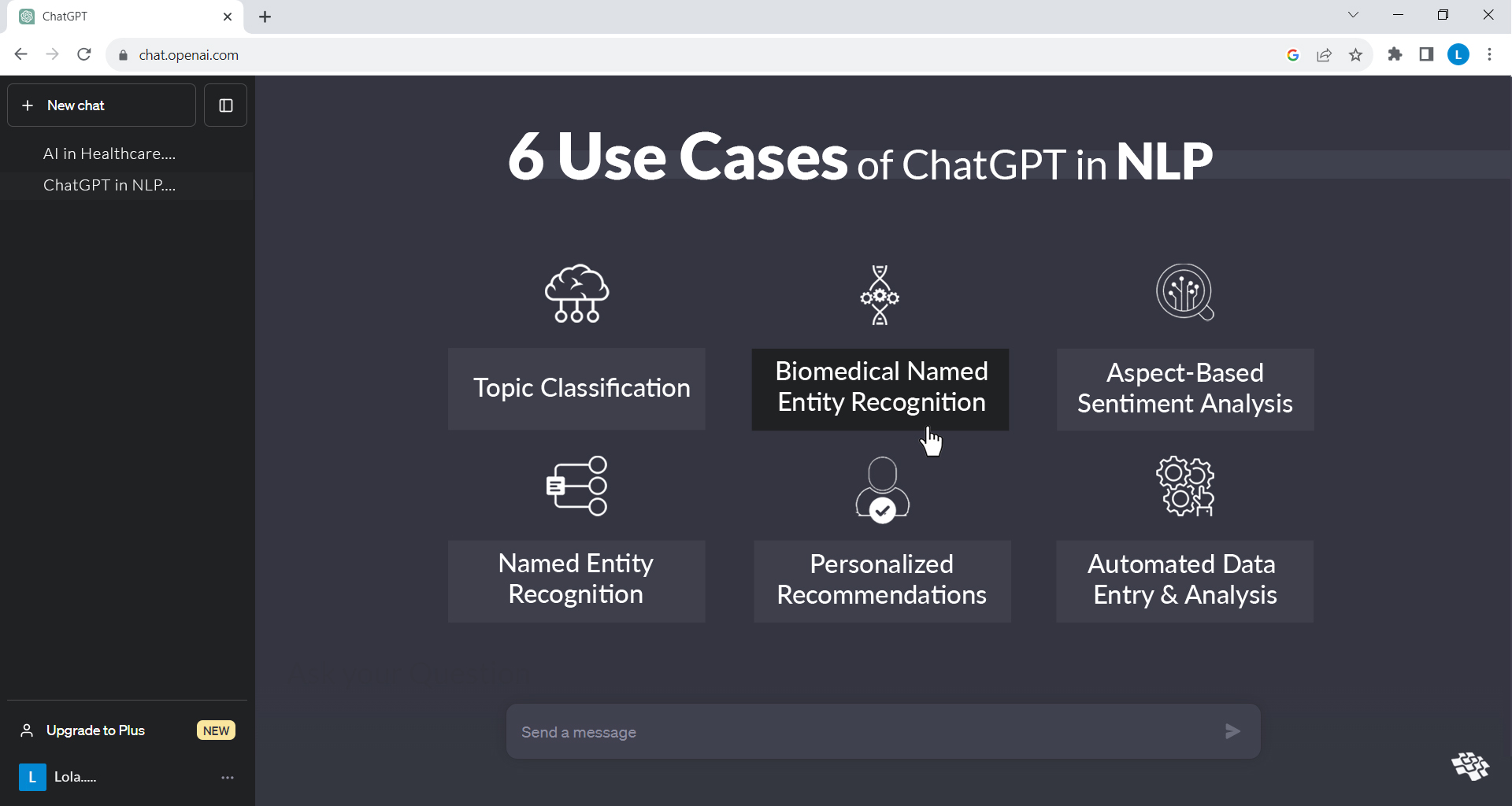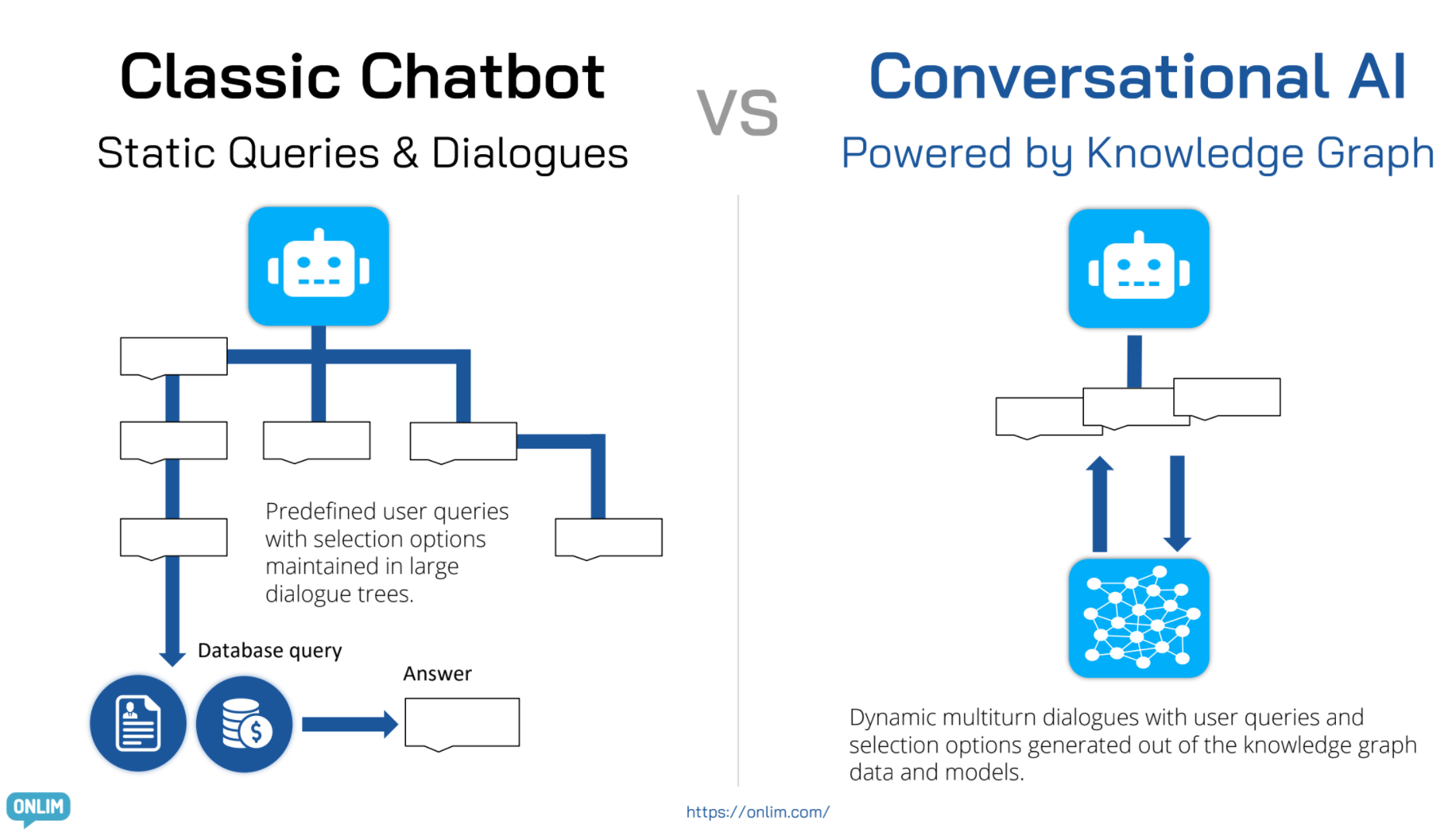How ChatGPT Gets Real-Time Data?
ChatGPT, as an advanced language model, leverages a variety of methods to access real-time data, allowing it to provide up-to-date and accurate information to users. Unlike traditional models, ChatGPT utilizes dynamic approaches to retrieve and process live data instead of relying solely on pre-existing knowledge.
API Integration
APIs play a crucial role in connecting ChatGPT to real-time data sources. These interfaces enable the model to query external systems for specific information and process the responses into understandable language. For example:
- Weather Data: APIs like OpenWeather provide real-time updates on weather conditions.
- Stock Market Data: APIs from financial platforms deliver current stock prices and market trends.
- News and Events: News aggregation services supply breaking news and updates.

By utilizing APIs, ChatGPT can offer accurate and contextually relevant responses to user queries.
Integration with Plugins
Plugins enhance ChatGPT's functionality by integrating specific tools designed for various tasks. These plugins bridge the gap between static knowledge and real-time updates. Examples include:
- Search Tools: Integrated search engines allow real-time web browsing for current data retrieval.
- Industry-Specific Plugins: Tools tailored for sectors like finance, healthcare, or education provide specialized data streams.

These integrations ensure that ChatGPT can cater to diverse user needs efficiently with precise and updated answers.
Web Scraping
In addition to structured data from APIs, ChatGPT also utilizes web scraping to gather information directly from web pages. This method helps in collecting data that may not be available through APIs by:
- Sending HTTP requests to specific websites.
- Parsing HTML content to extract relevant information.
- Delivering the extracted data in user-friendly formats.
Knowledge Graphs and Dynamic Databases
Knowledge graphs and dynamic databases store structured, real-time data to facilitate efficient data retrieval and analysis. Examples include:
- GraphQL Queries: Enables flexible data fetching based on specific needs.
- Cloud-Based Databases: Platforms like Firebase provide access to live data streams.

Natural Language Understanding (NLU)
The NLU component of ChatGPT analyzes the retrieved content to ensure relevance through techniques such as:
- Contextual Analysis: Understanding the intent of the query.
- Sentiment Detection: Gauging emotional aspects.
- Semantic Matching: Aligning retrieved data with the query's purpose.
The content is followed by additional sections.




















